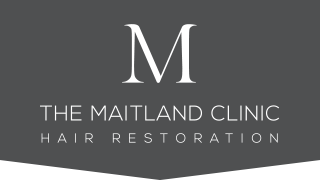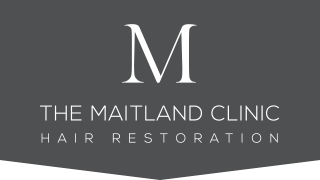Platelet-rich plasma (PRP) treatment – General principles
12th April 2022
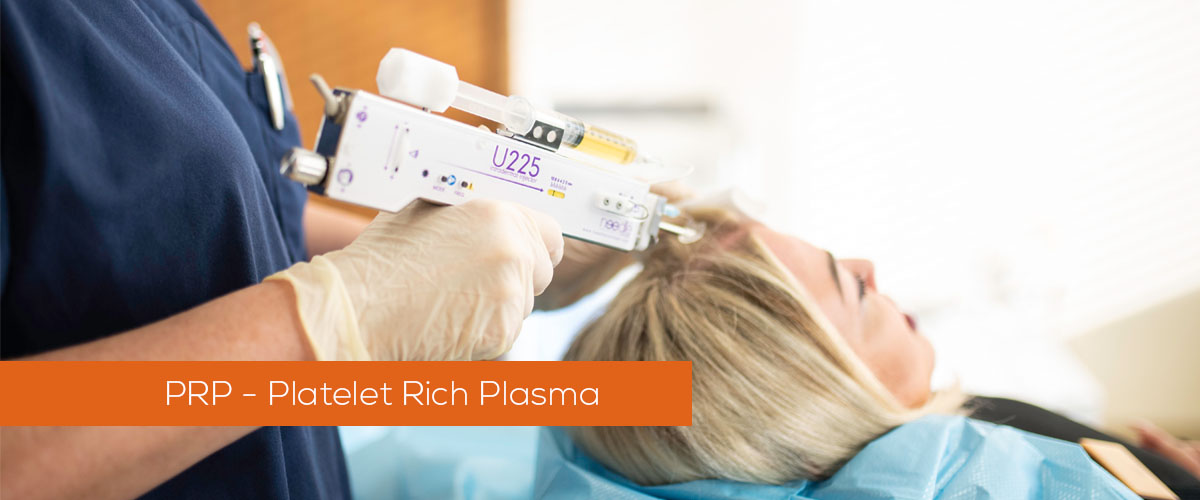
What is platelet-rich plasma (PRP)?
Plasma is the liquid that holds the blood cells in suspension. There are three types of blood cells in the plasma, red blood cells which carry oxygen, white blood cells which help fight infections, and platelets which are responsible for blood clotting, scab formation, wound healing and repair. PRP is a plasma solution which contains about five times the concentration of the normal platelet level. After an injury, platelets play a critical role in the healing response by releasing growth factors. Growth factors are a group of proteins that stimulate the growth of specific tissues. Many of these growth factors are thought to promote hair growth.
How does PRP work?
We do not know exactly how PRP stimulates hair growth. There are limited studies that show PRP can stimulate hair growth in the laboratory and clinical trials. It is thought that the growth factors in PRP stimulate new blood vessels, amplifies your natural wound healing process and possibly stimulates stem cells. More research is needed to identify exactly how PRP works in stimulating hair growth.
How is PRP prepared?
After drawing your blood platelet rich plasma is separated from the rest of the blood by using an automated centrifuge system.
How much blood is drawn?
We will need to draw a small sample of your blood. This is a bit more than when you need to have your blood drawn for a test at the GP. We use a butterfly needle and most patients say this part is virtually pain-free.
What does the treatment involve?
Ms Karen Cobb RN, nurse manager at The Maitland Clinic, is our in-house PRP specialist. Karen uses the highly sophisticated U255 meso injector device to administer the PRP injections. The mesotherapy device administers precise volumes of PRP, at a precise depth under the skin and avoids the need for local anaesthetic injections to the treatment area. Our patients greatly appreciate this technique and find it considerably more comfortable than the traditional manual method with anaesthetic injections.
How frequently does PRP need to be repeated?
We suggest that initial treatments are carried out 3 times, at 4-6 week intervals. To maintain the benefits, we recommend repeating a single treatment session every 4-6 months. For more detail, read our blog on how long PRP can last.
Are there risks of PRP?
Since PRP is derived from your own blood safety concerns are minimal. So far no studies have shown any safety concerns or significant side effects of PRP. PRP has been used for years in orthopaedic medicine and dental procedures without any reported side effects.
Some patients have discomfort after the procedure but most do not report pain. There is the possibility of some scalp and forehead swelling that tends to resolve within 3-5 days.
It is possible that you may notice some increased shedding after PRP hair loss treatment. This is likely to be a temporary phenomenon, often associated with medical hair loss treatments that can synchronise the growth cycle of many hairs. This can cause shedding during the initial phases of treatment only to then bring stronger synchronised hair growth. However, hair shedding can be caused my many factors and it is possible that a coincidental seasonal shed may be inappropriately attributed to a hair loss treatment.
Contraindications
Please inform us if you are on anticoagulant therapy (Warfarin, NOACs), taking a Beta Blocker, have an active infection or scalp condition or are pregnant.
Are you a candidate for PRP?
PRP can be used in two ways, as a stand-alone therapy or an adjunct to hair transplantation.
- Stand Alone Therapy: For both men and women who have thinning hair but not enough thinning to be a candidate for hair transplantation. For men and women who cannot tolerate other medical treatments such as Propecia (finasteride) or Regaine (minoxidil), or who wish to use them in combination for added benefit.
- As an adjunct to hair transplant surgery. There is a possibility that PRP enhances the body’s own natural healing after a transplant both in the donor and recipient area. There is very little research in using PRP this way and most of our information is anecdotal. Also, if one has a limited donor and can only address part of the balding area in one surgery PRP can be used as an adjunct to stimulate hair growth in areas not transplanted.
Will PRP work for you?
We have seen some very good results from PRP used in areas of thinning hair. However, it does not work for all patients and we do not know why it works better in some cases than others. The use of PRP in hair growth is relatively new and is not FDA approved for this treatment. Thus it is still considered experimental. At The Maitland Clinic, we have decided to offer PRP due to some excellent results seen by some of the top physicians in the global hair transplant industry and some studies that have shown good results. But the industry still has a lot to learn. It seems to work best in areas where there is still a lot of miniaturised hair and is unlikely to work well in areas that are completely bald.
What sort of result can I expect from PRP?
As with many medical treatments, response to PRP scalp injections will vary between individuals. Most patients feel that their hair quality and texture improves, often feeling thicker and easier to style. Some patients may experience stabilisation of their hair loss and some may simply notice a reduction in shedding or thinning.
Platelet-rich plasma (PRP) – Pre-treatment instructions
- Avoid taking anti-inflammatory medications (such as ibuprofen, Nurofen, naproxen, diclofenac) for 24 hours prior to treatment.
- Increase fluid intake the day prior to the procedure and the day of the procedure to ensure you are hydrated for the blood draw.
- Keep your arms/hands warm prior to the procedure to assist with the blood draw.
- Please eat a normal breakfast and/or lunch the day of your PRP treatment and try to eat a snack prior to your appointment.
- Feel free to wash your hair the morning of the PRP treatment.
- Please do not use any hair products, especially hair thickening fibres on the day of treatment.
Platelet-rich plasma (PRP) – Post-treatment instructions
Please carefully read and follow these instructions after your PRP treatment. There are minimal restrictions after your PRP allowing you to return to your daily activities almost immediately.
Immediately after your treatment
- Do not touch, press, rub or manipulate the treated area for at least 8 hours.
- You may wear a hat straight away if you wish.
- Expect some redness, soreness, bruising, tingling or itching. This is normal and may last a couple of days.
- If you experience discomfort, you may take paracetamol or co-codamol.
- Please avoid applying ice to the treated area, as this can reduce the mild inflammation we aim to create.
On the day of your treatment
- Avoid alcohol for the rest of the day.
- Do not wash your hair or use any hair products until the following morning.
- Do not exercise until the next morning.
For the first 24 hours
- Avoid sun and heat exposure (e.g. sunbeds, high temperatures).
- Avoid applying topical minoxidil/Regaine.
- Avoid hair straightening or using heated styling tools.
- You may resume exercise, wash your hair, and use your usual hair products the following morning.
For the first 48-72 hours
- Avoid saunas, steam rooms and swimming for 48 hours after treatment.
- Avoid all non-steroidal anti-inflammatory medication (e.g. aspirin, ibuprofen, naproxen, diclofenac) for at least 72 hours, but ideally for one week. These reduce the inflammation that is key to the treatment’s effect.
- Do not colour your hair for at least 3 days post-treatment.
